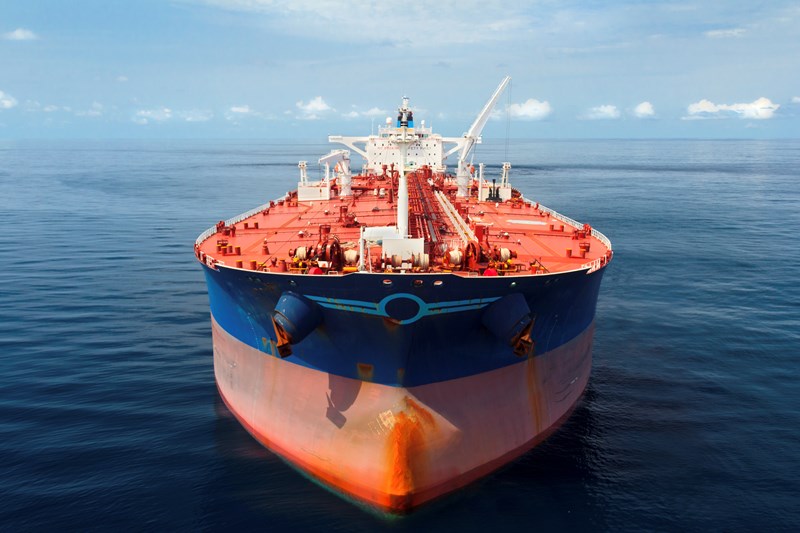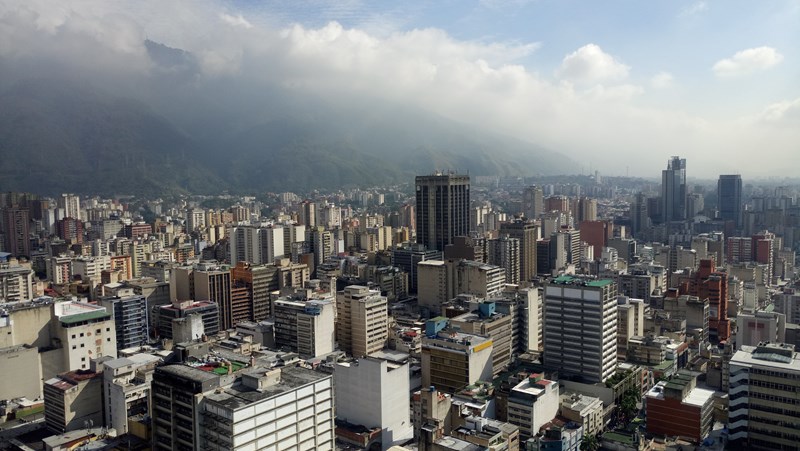Discuss your challenges with our solutions experts
How will geopolitics influence global oil supply in 2020?
After a turbulent start to the year for the oil market, geopolitical factors around the world could have a significant impact on the outlook this year.
1 minute read
Hazel Seftor
Senior Research Analyst, Global Oil Supply

Hazel Seftor
Senior Research Analyst, Global Oil Supply
Hazel is a senior research analyst with our oil supply team, covering the Middle East and North Africa.
Latest articles by Hazel
View Hazel Seftor's full profileIt was a turbulent start to the year for the oil market, with political tensions between the US and Iran hitting global headlines. Those tensions may have eased, but they remain an underlying source of risk.
Across the globe, geopolitical factors will play a significant role in liquids production in 2020. Our forecast for supply and demand through the first half of 2020 shows an implied surplus, but these factors could well have a destabilising effect.
Here are four geopolitical factors we’ll be watching closely this year.
US-Iran tensions remain a risk
US sanctions have led to dramatic falls in Iranian production and rising tensions across the Middle East, driven by the US policy of ‘maximum pressure’ on Iran. After the US killing of General Soleimani on 3 January 2020, Iran conducted a retaliatory missile strike against an Iraqi base where US forces were stationed. Tensions have since eased, although a further response by Iran or one of its affiliate forces in other countries can't be ruled out during 2020.
In our forecasts for this year, we assume the US and Iran avoid an escalation of hostilities into war – although should this happen it could lead to losses of supply.
Venezuela: a highly uncertain forecast
Our supply forecast for Venezuela is based on our assumption that President Maduro remains in power through 2022, with US oil sanctions in place during this period. We forecast Venezuela’s crude oil production averaging close to 600,000 b/d for 2020. But this remains highly uncertain.
An upside supply risk would be if President Maduro leaves office and the US lifts sanctions during 2020. However, given the extensive damage to fields, the initial impact would be limited. Also, an easing of operational constraints has recently allowed PDVSA to improve uptime and capacity at key Orinoco Belt heavy oil projects, such as the Petropiar and Petromonagas upgraders. The extension of US sanctions waivers for Chevron and other US service companies until 22 April further supports this recovery in Q1 2020.
To the downside, further curtailment of production is also likely if power outages and blackouts worsen, as was the case in Q2 2019. With increased production also comes the increased risk of further storage backlogs and shut-ins, if Venezuela struggles to find buyers or new restrictions are placed on the export of Venezuelan crude.
Civil war makes Libya a wildcard for 2020 production
In Libya, civil war between two rival governments has been ongoing since April 2019. A recent attempt at brokering a ceasefire had hopes high for a return to stability and progress toward meeting the state oil company’s 2020 target of 1.5 million b/d of oil production (up from the 2019 levels of just over 1 million b/d). However, no binding agreement has been made by the two opposition leaders, and downside risk remains. Key fields were closed, and a blockade of oil exports started on 17 January, with production expected to fall to under 100,000 b/d.
With power-sharing agreements unresolved, fighting and field closures are expected to continue. We forecast crude oil production flat, at close to 1 million b/d in 2020.
Could the US Presidential elections start a policy shift?
The US elections are another factor that could affect supply. In November 2020, US voters will go to the polls to choose the next President for a term starting January 2021. For the oil market, the election could lead to a gradual change in US foreign policy, if President Trump is not re-elected.
Democratic candidates might be willing to consider re-entering the Iran nuclear deal, the Joint Comprehensive Plan of Action (JCPOA). However, doing so will be difficult if Iran takes further steps this year to weaken its adherence to the deal. Presently, only the US has withdrawn from the JCPOA, but Iran has announced it is no longer bound by the restraint on its nuclear enrichment. Change in policy that influences 2020 supply is unlikely, but the elections set up for a possible shift in the US stance toward oil sanctions against Venezuela and Iran during 2021.
This article is an excerpt from 'Global oil supply: 5 trends to watch in 2020'. Read the full insight for more of our view on the key factors that will shape the year ahead.
Want to stay ahead of the latest trends in the global oil industry?
Our Macro Oils Service delivers detailed short-term and long-term forecasts for oil supply, demand and pricing to help you understand the key drivers of market price.


